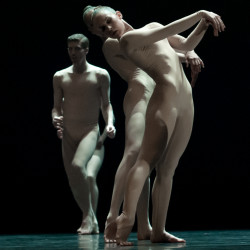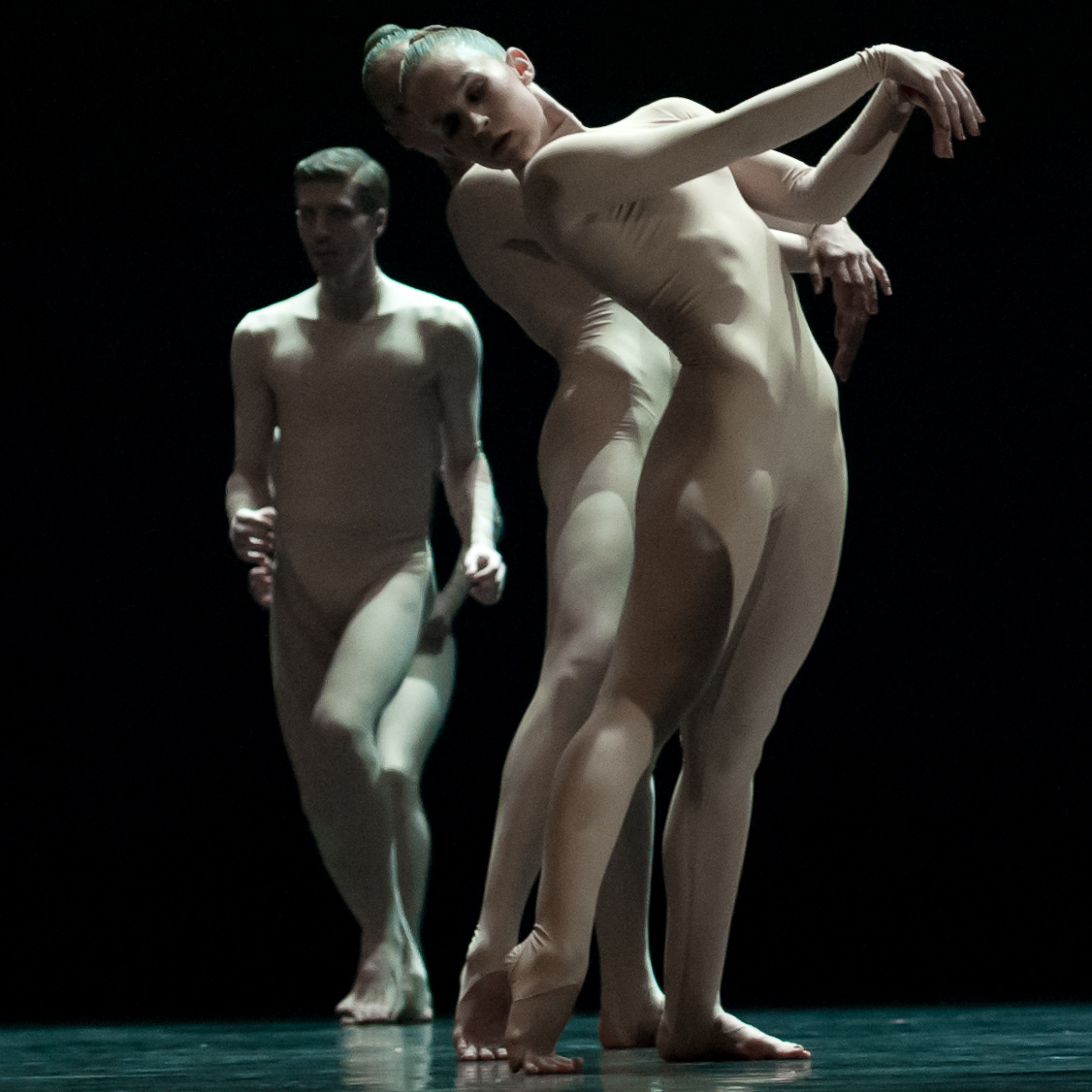 United Kingdom Ballet British Columbia (choreography by Emily Molnar, Crystal Pite, Sharon Eyal): Sadler’s Wells, London, 6.3.2018. (JO’D)
United Kingdom Ballet British Columbia (choreography by Emily Molnar, Crystal Pite, Sharon Eyal): Sadler’s Wells, London, 6.3.2018. (JO’D)

16 + a room
Dancers: Brandon Alley, Andrew Bartee, Emily Chessa, Livona Ellis, Alexis Fletcher, Scott Fowler, Patrick Kibane, Racheal Prince, Justin Rapaport, Peter Smida, Christoph von Riedemann, Nicole Ward, Kirsten Wicklund
Choreography: Emily Molnar in collaboration with the artists of Ballet British Columbia
Solo Echo
Dancers: Brandon Alley, Andrew Bartee, Emily Chessa, Alexis Fletcher, Scott Fowler, Christoph von Riedemann
Choreography: Crystal Pite
Bill
Dancers: Brandon Alley, Andrew Bartee, Justin Calavadores, Emily Chessa, Zander Constant, Livona Ellis, Parker Finley, Alexis Fletcher, Scott Fowler, Kiera Hill, Patrick Kilbane, Racheal Prince, Justin Rapaport, Peter Smida, Christoph von Riedemann, Nicole Ward, Kirsten Wicklund, Shana Wolfe
Choreography: Sharon Eyal and Gai Behar
Ballet British Columbia, founded in 1986, makes its debut tour of the UK with a triple bill of work by female choreographers. There was a sense of expectation at Sadler’s Wells as the auditorium filled, a sense, as it emptied, of expectation met.
Emily Molnar has been Artistic Director of the company since 2009. 16 + a room, which she created in 2013, served as a carte de visite. It is mostly about the grey or black-clad dancers’ swooping, sweeping, bare arms. Balanchine and Forsythe are there in the fast pace, flexed hands, six o’clock extensions and overlapping sequences of movement, but the choreography also includes sudden, endearing jumps in the air and references to speed skating. By the time the dancers lined up for their applause, the audience’s appetite had been whetted.
Crystal Pite, a former dancer with Ballet British Columbia, choreographed Solo Echo for Nederlands Dans Theater in 2012. At the start it looks very much like the previous piece, only to music by Brahms and with artificial snow falling in the background. But Crystal Pite’s choreography is a more intense and urgent affair. If arms are again bare, now they are held at angles; elbows point. Dancers are not always upright; sometimes they roll across the floor. The first half of the piece is made up of duets in which a woman might prod a man’s chest with her foot, or a man lying on the floor strike the calf of another man standing near him (whether to make him stay or go is not clear). The second half, for which all seven dancers are on stage, unfortunately shows the mannerism of which Crystal Pite’s work can be guilty. It is there in the splayed fingers, the silent howl: a stylisation of emotion rather than emotion itself.
Sharon Eyal and Gai Behar’s Bill was premiered by Batsheva Dance Company in 2010. Arms here are covered by the sleeves of high-necked, flesh-coloured bodysuits. The piece starts out, light-heartedly enough, with a series of solos to foot-tapping music. The tone seems to darken, with the music, as the dancers become less like human beings and more like animated versions of human beings. When a group of dancers appears, they hold their arms in what looks like an alien parody of ballet’s Fourth Position High and shout instructions to each other in a language only they understand.
As in the work of Hofesh Shechter (who, like Sharon Eyal, is a former member of Batsheva Dance Company), the tightly-knit group of dancers moves in a very restricted space. But whereas Shechter uses the recognisably human motions of the jig or the stomp, Eyal and Behar devise a ‘computerised’, stop-start shuffle, with arms bent and held close to the body, which the group endlessly repeats. Other dancers, male and female, make movements that draw attention to their jutting hips, bottoms, rib cages – all the parts of the body that ballet denies. Helped by the music, momentum builds. This might be a post-human, non-human, or perhaps mutant version of ‘The Rite of Spring’. One man at the centre of the stage raises an arm in a gesture that seems to single him out. Before we can give his gesture a meaning, the curtain descends and a ‘To be continued’ feeling hangs in the air.
John O’Dwyer
